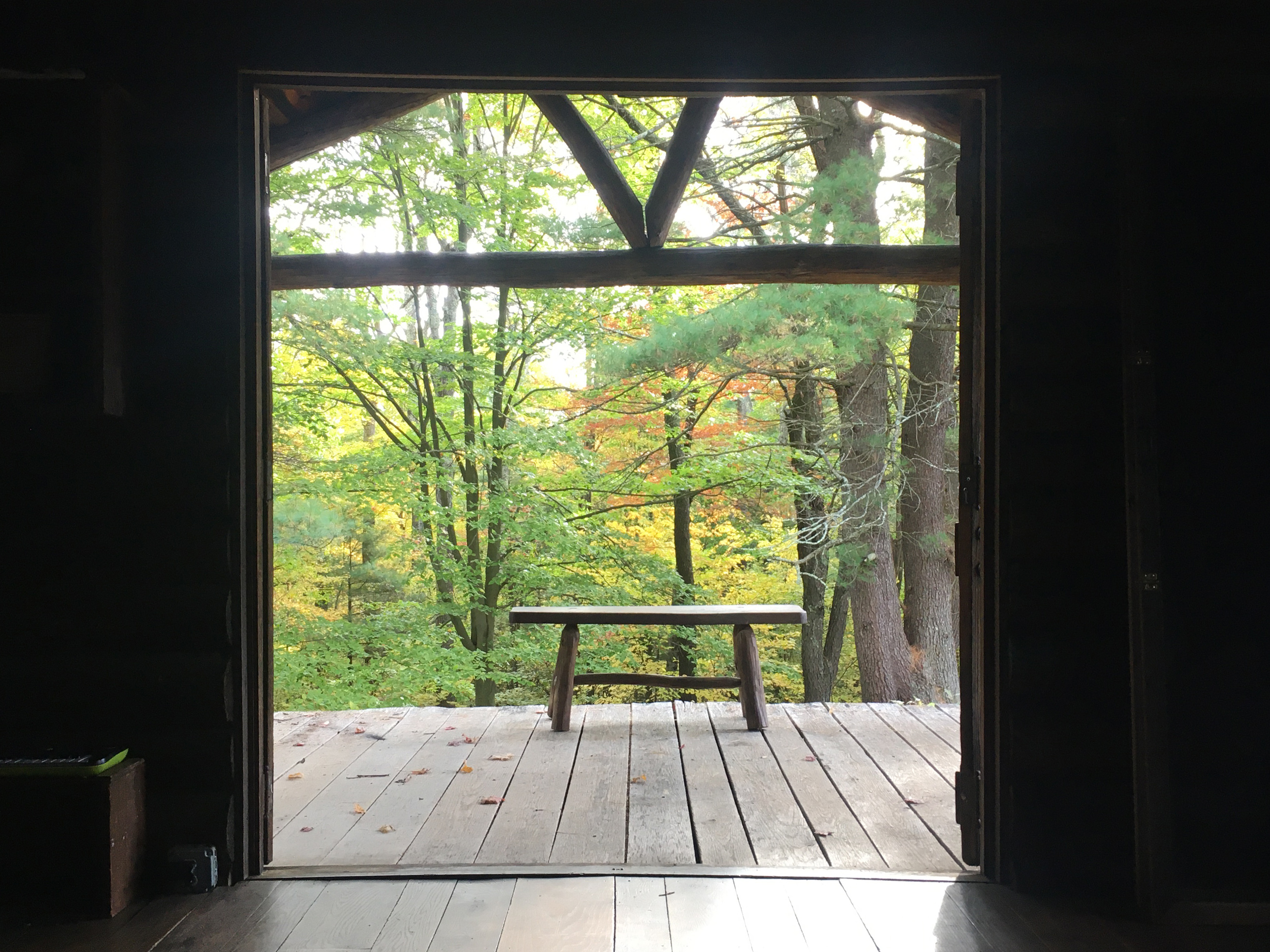
I'm based in New York City and West Cornwall, CT. I have never felt an ease in calling myself an art historian, a media theorist, or a philosopher; I’m dedicated to careful thought, and to creating spaces for open discussion, and this guides my writing, teaching, and editing. I am currently working on a book about the last two decades: the rise of our inflamed cultural and historical moment, the deep shift from analog to the digital, and art’s place within all of this. In general, I am interested in how part of our deep-threaded, place-based work today is to stay with the trouble. At the same time, I seek to catch future thought, thought that has been dislodged by the radical changes to the social fabric and our lives during these past few years. In that sense, my participation in collectively remembering the upheaval around 02020’s courageous experiment at Performance Space New York, was a meaningful failure. Meaningful because failure is the compost for future thought.
Kerstin Brätsch: Para Psychics, an artist’s book I produced with Kerstin, gathers thinking from various mystical traditions, visual and textual (Ludwig Forum, Aachen, 2022.) In 2020, my translation of Ludwig Wittgenstein’s little-known Wörterbuch (Word Book)
from Badlands Unlimited was published. I conceived and edited an oral history of PS1,
MoMA PS1: A History, published in 2019.
From 2012–2017 I was on the faculty of the Masters Program in Critical Theory and the Arts at the School of Visual Arts, New York. At Artists Space, I conducted a series of dialogues with artists and visual thinkers, including Laura Poitras, Douglas Crimp, Sarah Morris, and John Knight (2015–2016). Between 2009 and 2012 I was Head of Publications for dOCUMENTA (13), for which I edited the book series 100 Notes – 100 Thoughts. In 2008 I founded
The Leopard Press together with Wade Guyton, which evolved from the publishing collective Continuous Project (myself, Wade Guyton, Joseph Logan, and Seth Price), which, starting in 2003, released 13 issues.
In my teaching, dialogues, editorial projects, and writing, I situated artists and thinkers in the context of a rapidly changing public sphere in which art’s increasing popularity was proportional to its growing political impotence. Recently these reflections have become more of a eulogy about a world long gone, searching for where we will go after this period of deep reckoning passes. My essays address topics ranging from facing our troubles to seeking better ways to live, our transformation from an analogue into a largely digital world, our current relationship to classic art ideas, such as appropriation, the role of the readymade, and the cultural logic of museums, as well as in-depth considerations of the work of Jeanette Mundt, Marlo Pascual, Jana Euler, Sarah Morris, Wade Guyton, Elad Lassry, and Gerard Byrne. I reflected on the relationship of Graham Harman’s object-oriented ontology to art and the reception of Jacques Rancière in the US, and conducted conversations with Robert Hullot-Kentor, Kelley Walker, Andrew Weiner, Carol Bove, Johanna Burton, and Peter Sloterdijk. My book
Pop or Populus: Art between High and Low has been translated into English (Sternberg Press, 2009/German: Buchhandlung Walther König, 2007).
I have a daughter, Lou, who teaches me the greatest lessons, like how to be right here, right now. My motherhood, or relationship with Lou, has far-reaching ontological, aesthetic, and political ramifications. The pandemic catapulted me into a deeper connection to nature, which stirred a desire to live “more naturally,” in a simpler life. This amounts to nothing less than questioning art’s place in culture at large and in my own life. I am learning as much, or as touched, by how the wind travels, and the endless ways the forest is alive, and what is to learn from the fluidity of water – all of which have changed my perception, stirring up a new sense of how being, seeking, and reflecting all connect. Recording voices that tell us what happened has become one of my central interests in understanding history and how we got to where we are. My fabulous inspiration and partner in crime is Seth.
